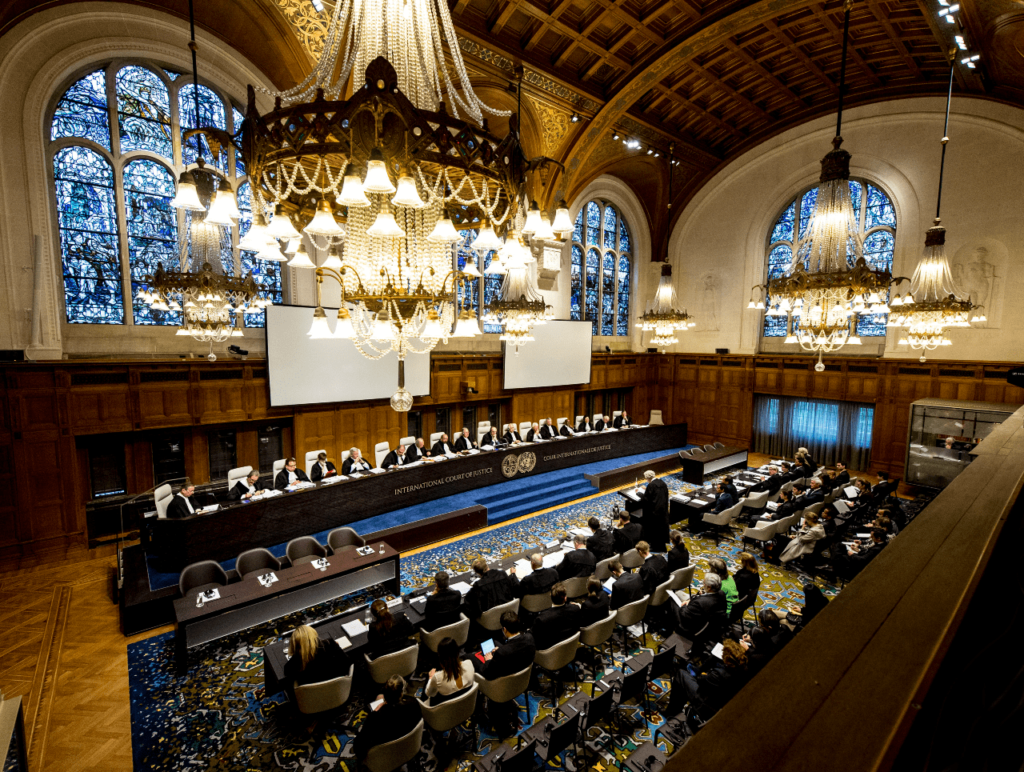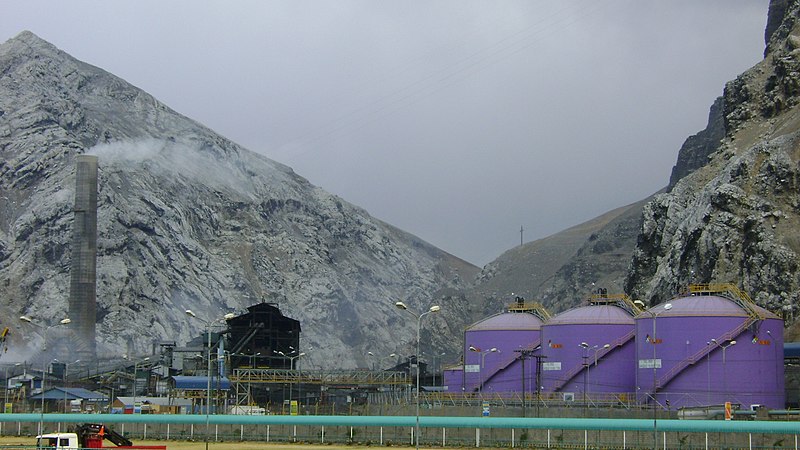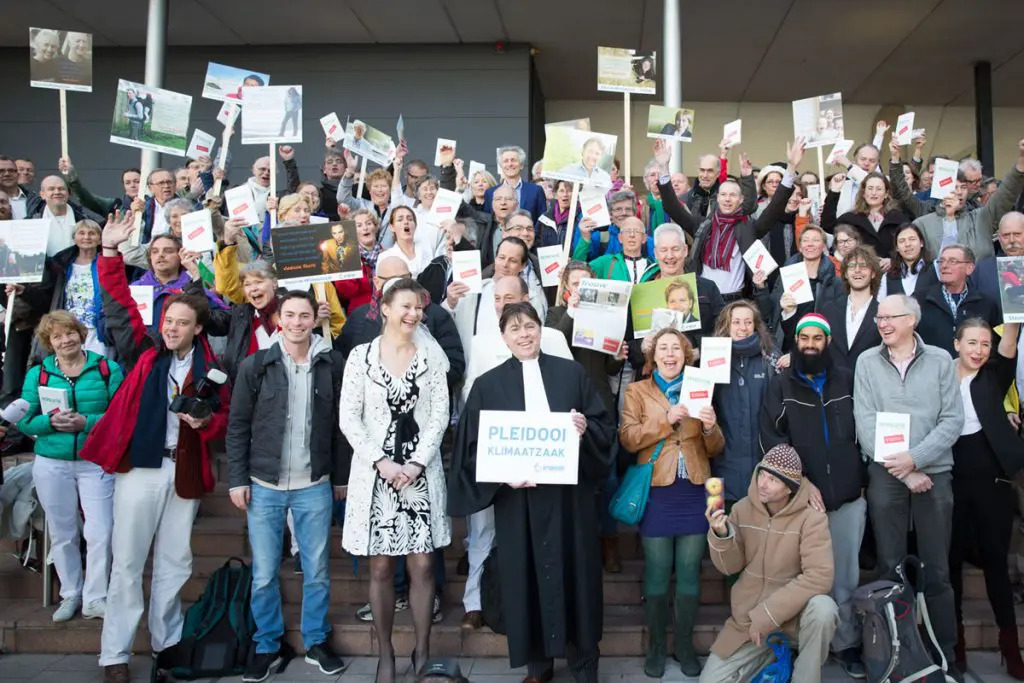

On March 29, the UN member states adopted a resolution in which they agreed to ask the International Court of Justice (ICJ) for an advisory opinion to clarify states’ obligations on climate change. The resolution, which passed by consensus, had been spearheaded by Vanuatu, a small island nation in the southwestern Pacific Ocean, and ended up with more than 130 co-sponsors, according to press reports.
“Today we have witnessed a win for climate justice of epic proportions,” the Prime Minister of Vanuatu, Alatoi Ishmael Kalsakau, said after the resolution was adopted.
Widely described as historic, the UN decision to take the matter to the ICJ opened another legal front on climate change, an issue that has been the subject of increasing litigation at the domestic, regional, and international level.
The Sabin Center for Climate Change Law at Columbia Law School in New York keeps databases of climate litigation in the United States and around the world, and by the end of last year had identified 2,180 such cases. The majority of these (1,522) are in U.S. courts, but global litigation has been on the rise, according to attorney Maria Antonia Tigre, Global Climate Litigation Fellow at the Sabin Center.
Climate litigation has developed considerably over the past decade, she said, and courts have been open to a variety of legal arguments seeking to establish the responsibility of states—and, to some extent, of corporations—for the harms caused by climate change.
The ICJ is not the only international judicial body that will weigh in on the question of state obligations. In January, Chile and Colombia asked the Inter-American Court of Human Rights for an advisory opinion on the matter, noting the “close link between the climate emergency and the impact on human rights.”
Even though such advisory opinions are not legally binding, they would have “hugely important” legal ramifications, Tigre said.
“The status of these courts matters a lot,” she said. Domestic courts often look to regional and international judicial bodies to see how they interpret the law, and then apply similar reasoning in their decisions, she explained.
The scientific evidence on climate change is now well-established and clear, Tigre said, and the courts have a role in translating that evidence into specific legal obligations—such as the obligation to put more climate mitigation and adaptation measures in place. Determining accountability for the harms caused by climate change is also an important element that will likely strengthen the positions of climate-vulnerable countries in international climate negotiations, she added.
Separate from the processes underway at the International Court of Justice, based in The Hague, and the Inter-American Court, based in Costa Rica, several small island states—including the Caribbean countries of Antigua and Barbuda and Saint Lucia—have asked the International Tribunal for the Law of the Sea for an advisory opinion related to impacts of climate change on the marine environment.
These countries, which have established an international organization called the Commission of Small Island States on Climate Change and International Law, want the tribunal to determine whether parties to the United Nations Convention on the Law of the Sea have specific obligations to prevent harms caused by climate change and protect the marine environment. The request for an advisory opinion mentions several “deleterious effects that result or are likely to result from climate change,” including ocean warming, sea level rise, and ocean acidification.

Environmental law has long recognized a link between human rights and the environment. Here, a boy scavenges for plastic and metal at a local dump In Managua, Nicaragua.
While the specific issue of climate change is still relatively new to courts, environmental law more generally has long recognized a link between the environment and human rights.
The right to a healthy environment is now recognized by law in more than 150 countries and included in more than 100 constitutions, according to David Boyd, the UN Special Rapporteur on human rights and the environment, who spoke at a recent conference of the American Society of International Law.
The United Nations, meanwhile, has adopted “landmark” resolutions along these lines in the past two years, Boyd noted. In October 2021, the UN Human Rights Council recognized “the right to a clean, healthy and sustainable environment as a human right that is important for the enjoyment of human rights,” and in July 2022, the UN General Assembly adopted a similar resolution.
“The right to a clean, healthy, and sustainable environment can be used as both a shield to defend government action and a sword to attack government action,” Boyd explained.
For example, he said, Costa Rica invoked that right in defending challenges to its bans on offshore oil and gas development and on open-pit metal mining; it succeeded both on the domestic level, in the country’s Constitutional Court, and in international arbitration proceedings pursuant to investment and trade treaties.
On the other hand, Boyd said, civil society groups and indigenous communities “have used the right to a healthy environment as a sword” to challenge inadequate climate action, air and water quality problems, and failure to protect biodiversity, among other issues.
Increasingly, some of the cases that fail in domestic courts make their way to regional judicial bodies, including the Inter-American Court and the European Court of Human Rights. One closely watched case pending before the Inter-American Court, called Community of La Oroya v. Peru, involves the right to a healthy environment in the context of industrial air pollution and toxic substances, Boyd noted.

The Inter-American Court of Human Rights is considering a case involving the right to a healthy environment in the context of industrial air pollution and toxic substances in La Oroya, Peru.
The Inter-American Court has been progressive on the environment and human rights, but it has not yet ruled in a case that specifically addresses climate change, according to Maria Antonia Tigre at the Sabin Center.
The European Court of Human Rights, for its part, has a long tradition of looking at environmental cases, but it is just starting to consider its first contentious cases involving climate change, she said. Twelve such cases are now on its docket.
On March 29—coincidentally, the same day the General Assembly passed its resolution calling for an advisory opinion—the Grand Chamber of the European Court held its first two public hearings on climate cases. One (Carême v. France) involves a complaint brought by a resident and former mayor of the French municipality of Grande-Synthe, alleging that the French government had taken insufficient steps to prevent climate change and thus protect the lives of persons under its jurisdiction. The other case (Verein KlimaSeniorinnen Schweiz and Others v. Switzerland) was brought by a group of older Swiss women concerned about the consequences of global warming on their living conditions and health.
Advocates of climate action have made progress in some domestic courts. In the Netherlands, a Dutch environmental group called the Urgenda Foundation and 900 Dutch citizens successfully sued the government in 2015 for failing to do enough to reduce greenhouse gas emissions. The case was filed in 2015 and eventually upheld by the Supreme Court in 2019.

Citizens in the Netherlands celebrated after the Dutch Supreme Court issued a landmark case in 2019, finding that the government had an obligation to reduce emissions.
“That was sort of the landmark case that really kickstarted the whole movement to bring more of these types of cases, to try to get more of that recognition of responsibility from states,” Tigre said.
In a case in Brazil, meanwhile, that country’s Supreme Court last year ruled in favor of four political parties seeking to compel the Ministry of the Environment, on constitutional grounds, to resume activities under the National Climate Change Fund.
Progress has been slower when it comes to lawsuits brought against private corporations, Tigre said. In one notable case, an environmental group in the Netherlands sued Royal Dutch Shell in District Court in The Hague, arguing that the oil company violated its duty of care and human rights obligations by contributing to climate change through its carbon dioxide emissions. The Dutch court last year ordered Shell to reduce its emissions by 45% by 2030, relative to 2019 levels. Shell has appealed.
Quite aside from what happens in any courtroom, there is the court of public opinion. “Whenever these cases are filed, there’s a huge media frenzy,” Tigre said.
Litigation is not always the best option, she said; after all, it is expensive and time-consuming. But in addition to driving legal change, climate litigation can have the indirect consequence of drawing attention to the climate crisis and “naming and shaming” parties that are not meeting their obligations. And, Tigre said, the fear of litigation itself may help to prompt better behavior.
From the recent UN resolution (“Request for an advisory opinion of the International Court of Justice on the obligations of States in respect of climate change”), here is the text of the questions that will be posed to the International Court of Justice:
(a) What are the obligations of States under international law to ensure the protection of the climate system and other parts of the environment from anthropogenic emissions of greenhouse gases for States and for present and future generations;
(b) What are the legal consequences under these obligations for States where they, by their acts and omissions, have caused significant harm to the climate system and other parts of the environment, with respect to:
(i)States, including, in particular, small island developing States, which due to their geographical circumstances and level of development, are injured or specially affected by or are particularly vulnerable to the adverse effects of climate change?
(ii)Peoples and individuals of the present and future generations affected by the adverse effects of climate change?
 View Map
View Map